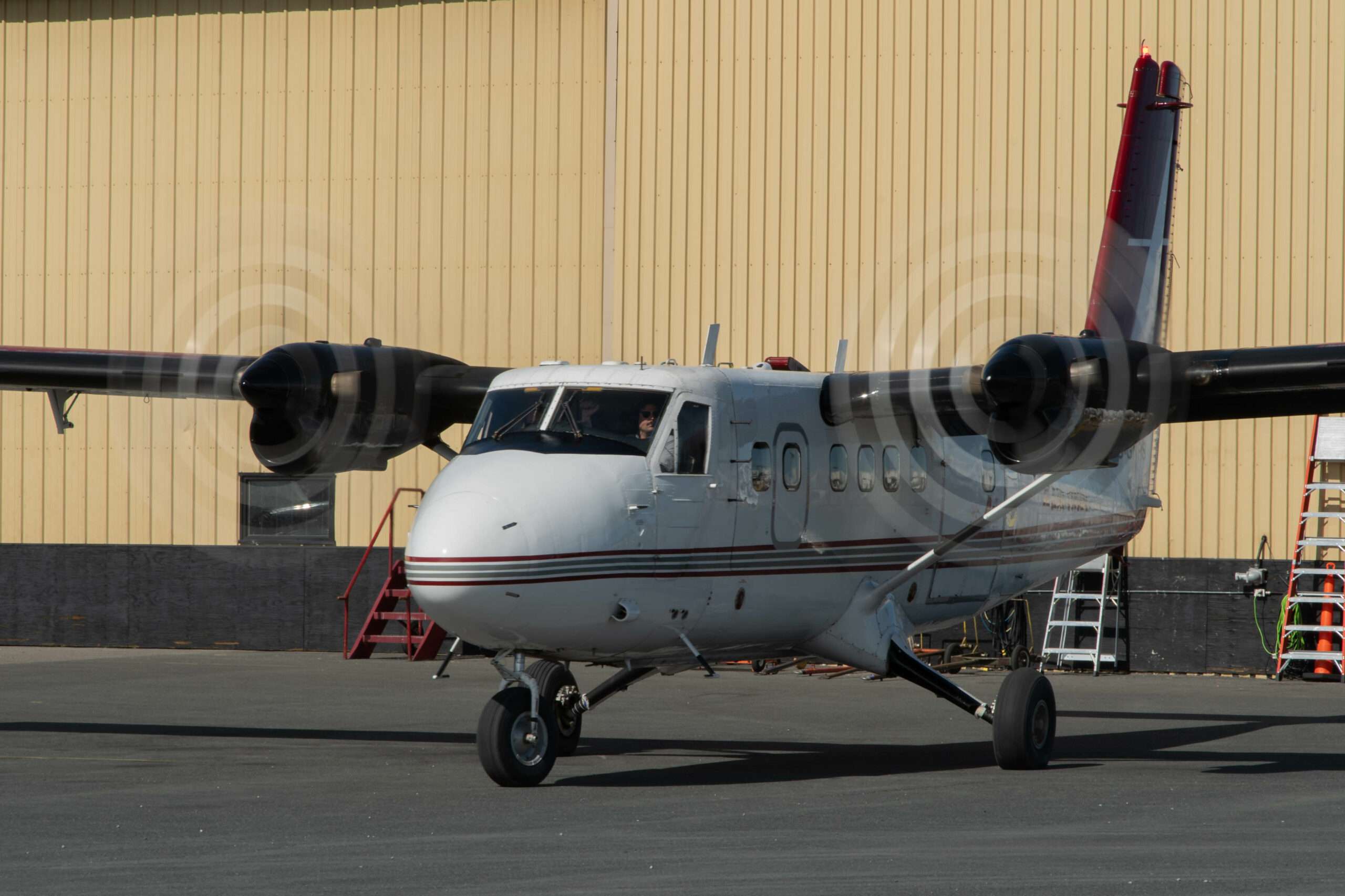When you think Yellowknife, you think Buffalo Airways; however, there is another carrier based there named Air Tindi – let’s take a look at the carrier.
Air Tindi is a Yellowknife-based carrier, operating scheduled and charter Passenger, Cargo and Medical Evacuation flights.
In the Aviation enthusiasts’ space, they’re best known for being one of the last operators of the de Haviland Canada DHC-7 “Dash 7”.
However, there is far more to the airline than the Dash 7. This article will take you through the past, present and future plans.
Air Tindi’s History…
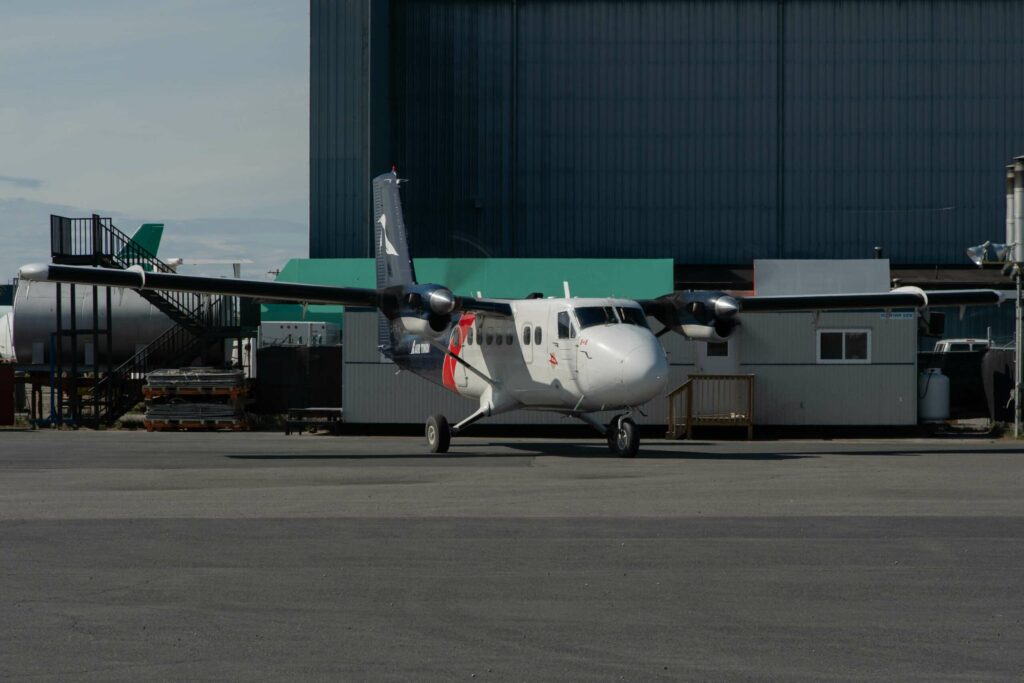
Founded by brothers Alex and Peter Arychuk, and their wives, in November 1988.
The airline began operations with a Cessna 185, de Havilland Canada DHC-3 and de Havilland Canada DHC-6-100, all on floats, based in Yellowknife’s Old Town.
In 1988, the airline added its first scheduled flight, to Wekweètì, using an Otter, on Skis or Floats.
This operated from the Floatplane base. 1990 saw the airline buy their de Havilland Canada DHC-6 Twin Otter, a type still used to this day.
In the late 1980s and early 1990s, the Diamond rush took off in the Northwest Territories of Canada.
Via a merger with Latham Island Airways, Air Tindi added four aircraft to their fleet.
Alongside this, Tłı̨chǫ Investment Corporation bought a 25% stake in the airline.
Using this partnership, the airline acquired its first Dash 7.
With the airline’s continued growth, in 1992 the airline built its first hangar at Yellowknife Airport.
This complemented the aforementioned floatplane base in Old Town.
Present Day…
Between the 1990s and the mid-2010s, the airline continued to grow its scheduled and charter flights.
As a result, the airline grew its fleet of Dash 7s and Twin Otters to cope with demand.

Using the Dash 7s, Air Tindi has been able to carry bulk cargo weighing up to 12000 lbs (around 5440kg), thanks to the large, forward cargo door.
Since 2017, Air Tindi can fly bulk fuels with their Dash 7 and Twin Otter fleets, using Bulk Aviation Transport Tanks (BATT).
The BATT tanks enable the Dash 7 to carry up to 6400 liters (around 1690 gal) of fuel, and the Twin Otter to carry 1600 liters (around 420 gal) of fuel.
Medical Evacuation
The Stanton Territorial Health Authority awarded Air Tindi a contract for Medical Evacuation across the Northwest Territories.
This operation consists of a fleet of King Airs on standby 24/7, 365.
This consists of three King Air 250s and one King Air 200 to ensure constant coverage.
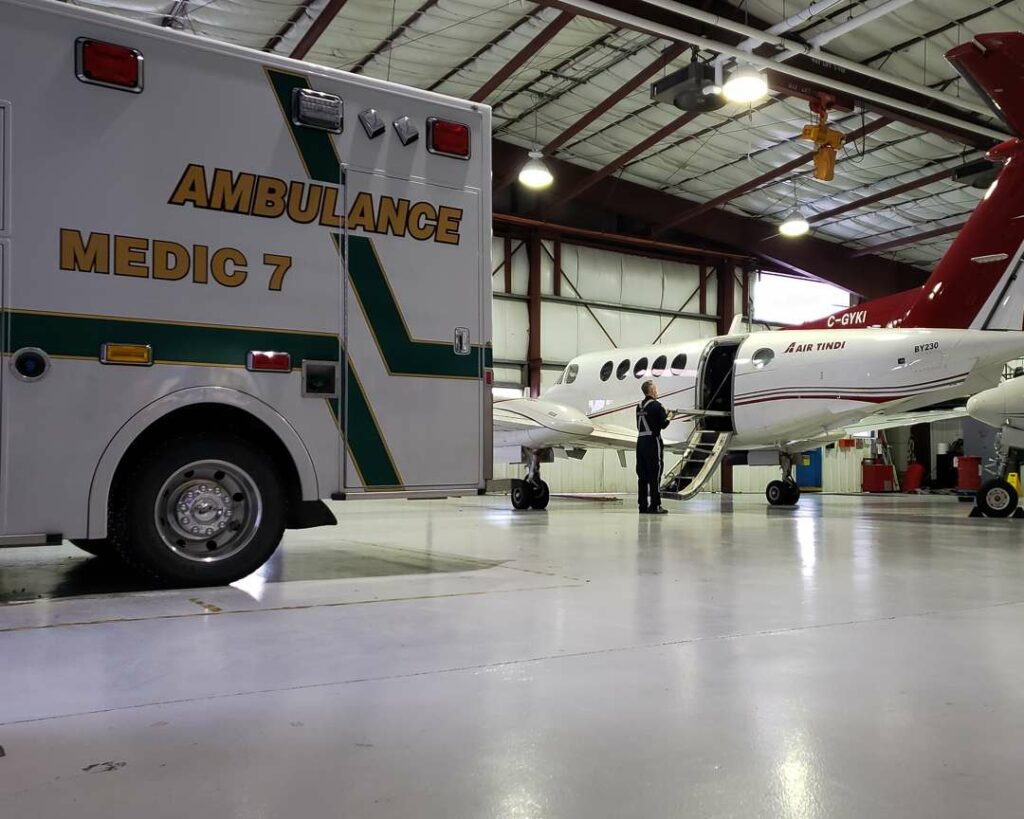
The airline is also anticipating the delivery of some King Air 350’s soon.
Within 45 minutes of notification, while in partnership with Advanced Medical Solutions, a flight and medical crew will depart YZF.
They will then route to wherever they may be required. Patients are usually brought back to Yellowknife with Air Tindi.
However, there are instances where the Patients’ needs may exceed local medical services requiring flights to go beyond borders and fly into other territories or provinces.
Edmonton is a primary healthcare hub for these operations.
Looking to the Future…
Yellowknife-based Air Tindi continues to invest in its current fleet, including reducing weight where possible to increase the useful load.
Shortly, they will be equipping the Dash 7 fleet with a glass flight deck.
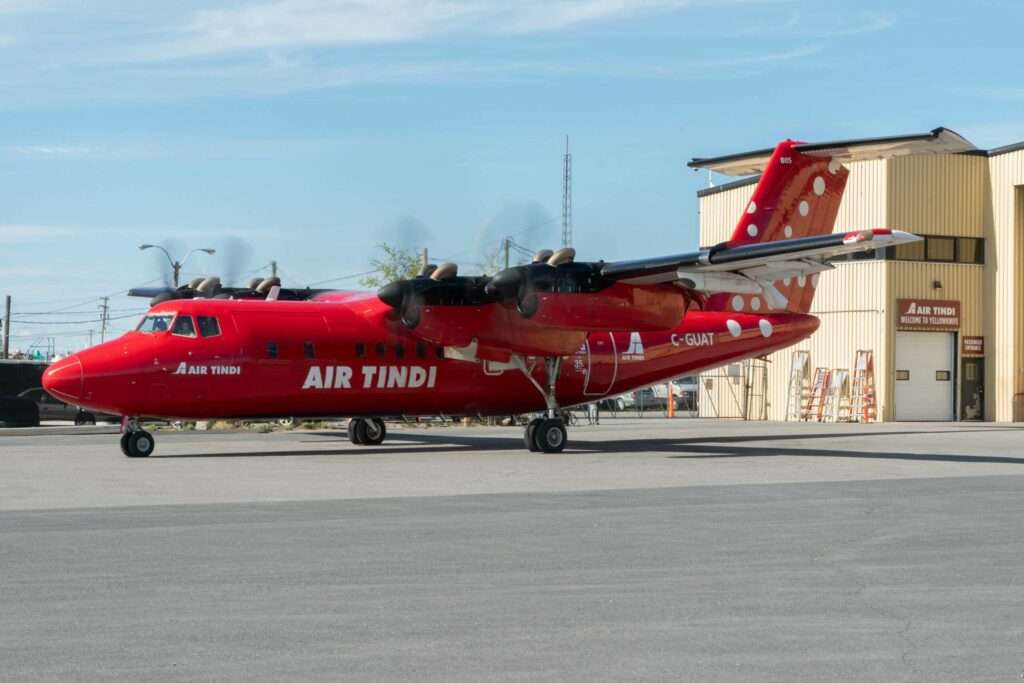
Through a partnership with Maxcraft Avionics, a full overhaul of the flight deck with Garmin equipment will be undertaken.
A notable part of the upgrade is a “DG Free Mode” which allows operations above the 65th parallel without magnetic interference.
Another upside to this upgrade is a significant weight saving.
Electrified Powertrain Flight Demonstration…
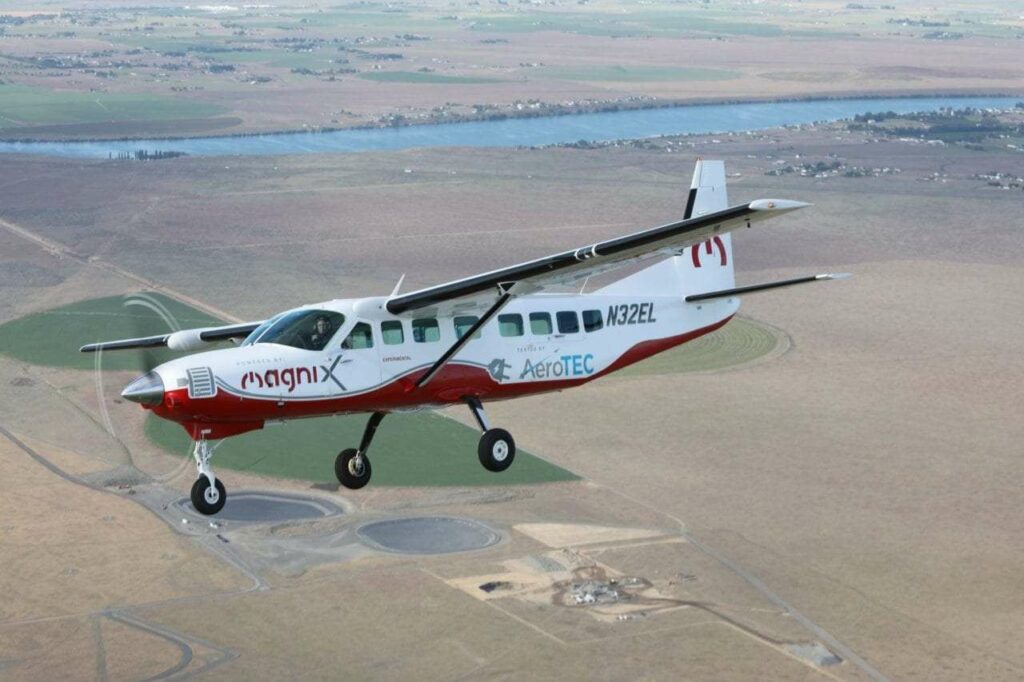
In late April 2022, magniX announced that Air Tindi was their chosen industry partner to provide a Dash 7 aircraft for their NASA Electrified Powertrain Flight Demonstration (EPFD) project.
Alongside Air Tindi, magniX is working with AeroTEC to fit two maginiX magni650 electric propulsion units to a Dash 7.
The aircraft will then be powered by two Pratt & Whitney PT6 engines and two electric engines.
So it remains clear in this case that the airline is working hard to ensure sustainability in their operations.
Overall…
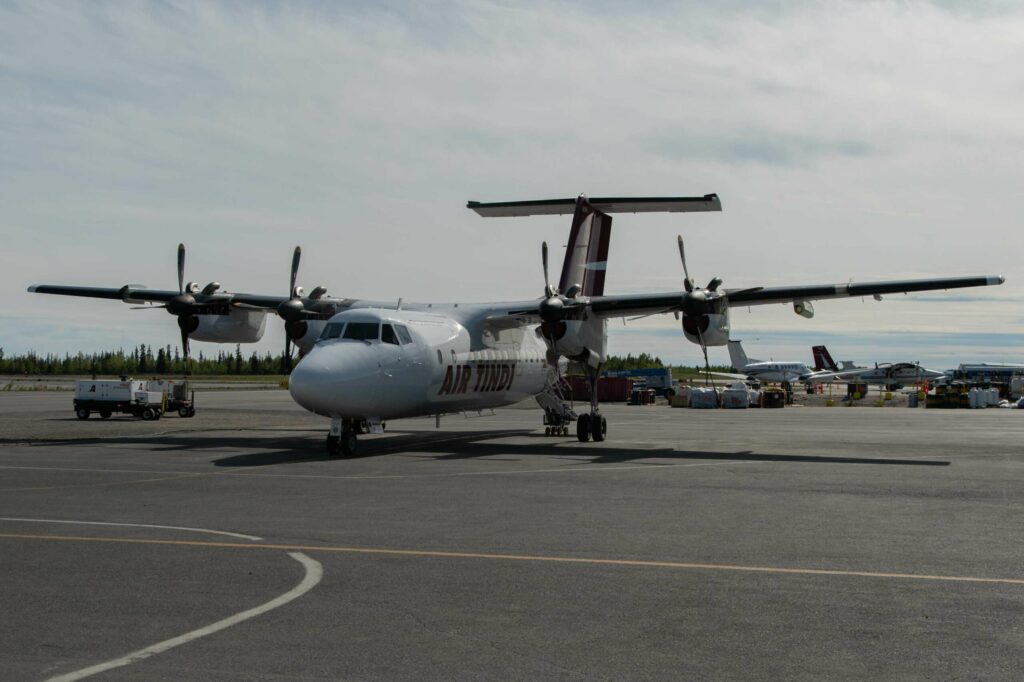
It is clear the future is bright for Air Tindi, both for the communities in the Northwest Territories, and the wider aviation industry via their contribution to the EPFD project.
During my visit to their Yellowknife base, it was evident to me that the team there want the best for the communities they support.
From swapping the Twin Otter to a Dash 7 to make sure everyone gets home in the evening, to making sure everyone’s soda supply gets to them on time.
For aviation enthusiasts, their iconic Dash 7s are here to stay.
Not only is this fantastic from an aviation interest perspective, but it also keeps a unique part of Canadian aviation heritage alive.
For anyone visiting Yellowknife, I’d certainly suggest taking a flight with this gem of an airline.
Whilst I didn’t fly with them, so cannot comment on the onboard experience, based on what I saw in their passenger terminal, I trust you’d be well looked after.
Yellowknife itself is a stunning place to visit, with plenty of aviation heritage alongside an experience of rural Canada.
This article first appeared on AviationSource News.
